Imagine stepping into the shoes of a detective, unraveling the mysteries of the financial markets. The biggest players—hedge funds, banks, and institutional traders—don’t move haphazardly; they leave clues in their wake. These footprints are the essence of Smart Money Concepts (SMC), a trading framework that pulls back the curtain on market dynamics and empowers you to align with the titans of trading. In this blog, we’ll explore what SMC is, break down its core components, and show you how to wield it to sharpen your trading edge. Let’s dive in!
What Are Smart Money Concepts? The Big Picture
Smart Money Concepts revolve around decoding the actions of institutional players—the "smart money"—who wield vast capital to shape market movements. While retail traders often scramble to react to sudden price shifts, these heavyweights are the ones pulling the strings. SMC offers a lens to spot their strategies, helping you anticipate rather than chase the market.
Think of it as a chess match: while we’re fumbling with pawns, the grandmasters are plotting several moves ahead. By focusing on price action and market structure—through tools like order blocks, liquidity grabs, and fair value gaps—SMC reveals the story behind the charts. It’s not about guesswork; it’s about reading the market like a pro.
Key Elements of Smart Money Concepts
SMC is built on a handful of powerful ideas. Each one is a piece of the puzzle, and together, they paint a clear picture of what the smart money is up to. Let’s unpack them.
1. Order Blocks: The Launchpads of Price Movement
Order blocks are key zones where institutional traders stack their buy or sell orders, often triggering major price swings. Think of them as coiled springs—when price revisits these areas, it can either bounce or break with force.
- How to Spot It: Look for a tight consolidation zone (a cluster of small candles) followed by a sharp move. The last candle before the breakout marks your order block.
- How to Use It: Wait for price to return to this zone. If it holds, you’ve got a solid entry point for a trade.

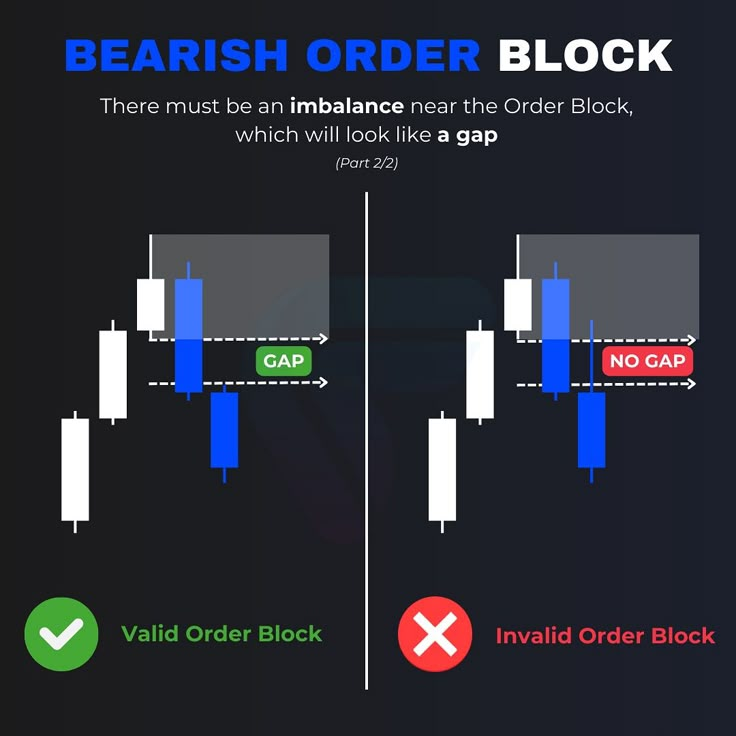
2. Liquidity Grabs: The Market’s Bait-and-Switch
Ever seen price spike just above a resistance level, only to plummet moments later? That’s a liquidity grab. Smart money targets retail traders’ stop-loss orders, often placed at obvious levels, triggering them before reversing the market.
- How to Spot It: Watch for sudden wicks or breakouts that fizzle out fast, especially near round numbers (like 1.2000 on EUR/USD) or key support/resistance lines.
- How to Use It: Don’t place stops at predictable spots. Instead, wait for the grab to exhaust itself, then trade the reversal.
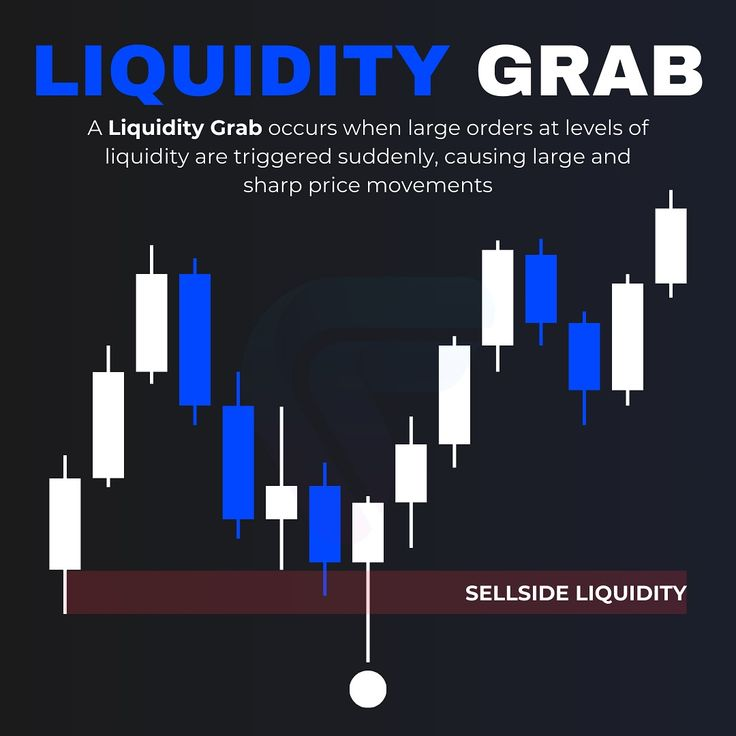
3. Fair Value Gaps (FVG): The Market’s Missing Puzzle Pieces
When price surges or dives too quickly, it skips over levels, leaving a “gap” on the chart. These fair value gaps act like magnets, often drawing price back to fill them before the trend resumes.
- How to Spot It: Look for a three-candle sequence: a big move, a gap, and a smaller candle. The empty space between the first and third candle is your FVG.
- How to Use It: Trade the pullback to the gap, betting on a bounce or a continuation based on the trend.
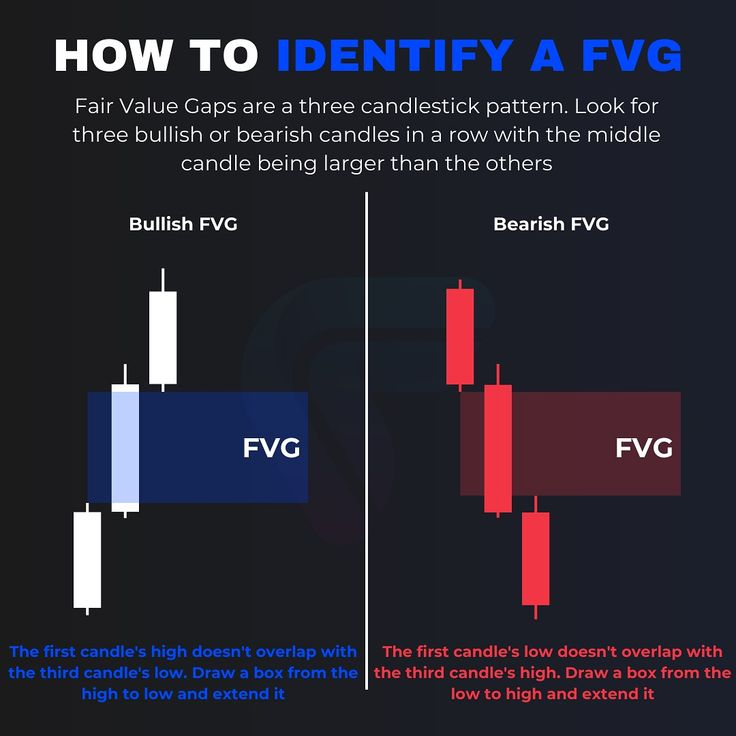
4. Market Structure: Reading the Trend’s DNA
SMC hinges on understanding the market’s rhythm—are we in an uptrend (higher highs and higher lows), a downtrend, or a range? Smart money manipulates these swings, and you can ride along.
- How to Spot It: Plot swing highs and lows. A break of structure—like a lower low in an uptrend—hints at a shift.
- How to Use It: Trade with the dominant trend, but stay alert for breaks signaling reversals.
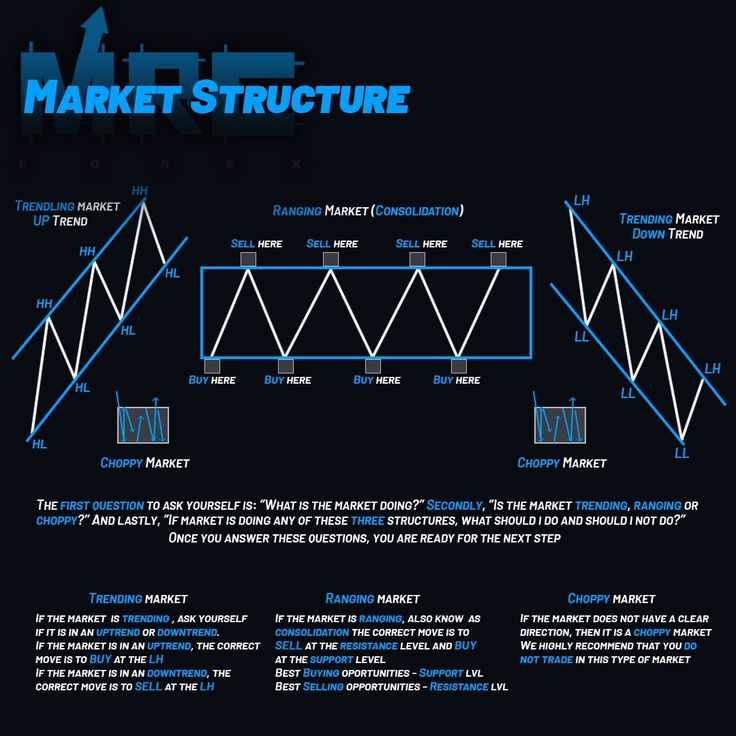
How to Use Smart Money Concepts in Your Trading
Ready to put SMC to work? Here’s a step-by-step guide to trade like the pros:
- Zoom Out: Start on a higher timeframe (daily or 4-hour) to map market structure and pinpoint key zones like order blocks or FVGs. This is your foundation.
- Seek Confluence: Find areas where SMC signals align—like an order block near a liquidity grab or an FVG at a Fibonacci level—for stronger setups.
- Confirm the Move: Don’t rush in. Wait for price to react at your zone (e.g., a rejection candle or breakout) before pulling the trigger.
- Protect Your Capital: Set stops beyond the smart money’s reach—like past a liquidity grab wick—and aim for at least a 2:1 reward-to-risk ratio.
- Practice First: Test your skills in a demo account. SMC takes time to master, so refine your edge risk-free.
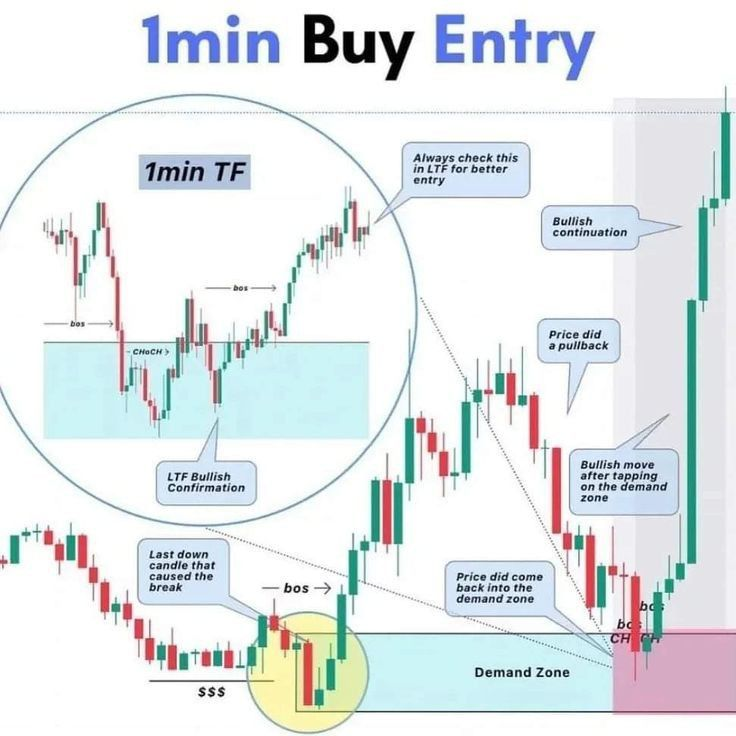
Why SMC Stands Out: Your Trading Edge
SMC flips traditional trading on its head. Forget lagging indicators like moving averages—SMC dives into the raw intentions of the market’s biggest players. It’s versatile, working across forex, stocks, and crypto, because it’s rooted in human psychology and institutional tactics.
That said, it’s not flawless. SMC thrives in trending markets but can falter in choppy conditions. Pair it with tight risk management, and it’s a game-changer.
Your Next Steps: Start Trading Smarter
Ready to get started? Grab charts from platforms like TradingView, BabyPips, Yahoo Finance, or CoinMarketCap, and hunt for SMC patterns. Mark an order block, trace a liquidity grab, or highlight an FVG. Backtest your ideas—did price behave as expected? What can you adjust?
SMC isn’t just a strategy; it’s a mindset shift. It’s about thinking like the big players, anticipating their moves, and profiting alongside them. So, ditch the guesswork, embrace the detective work, and let smart money light your path to trading success.
Happy trading!
Winning with Smart Money Strategies : Retail vs. Titans